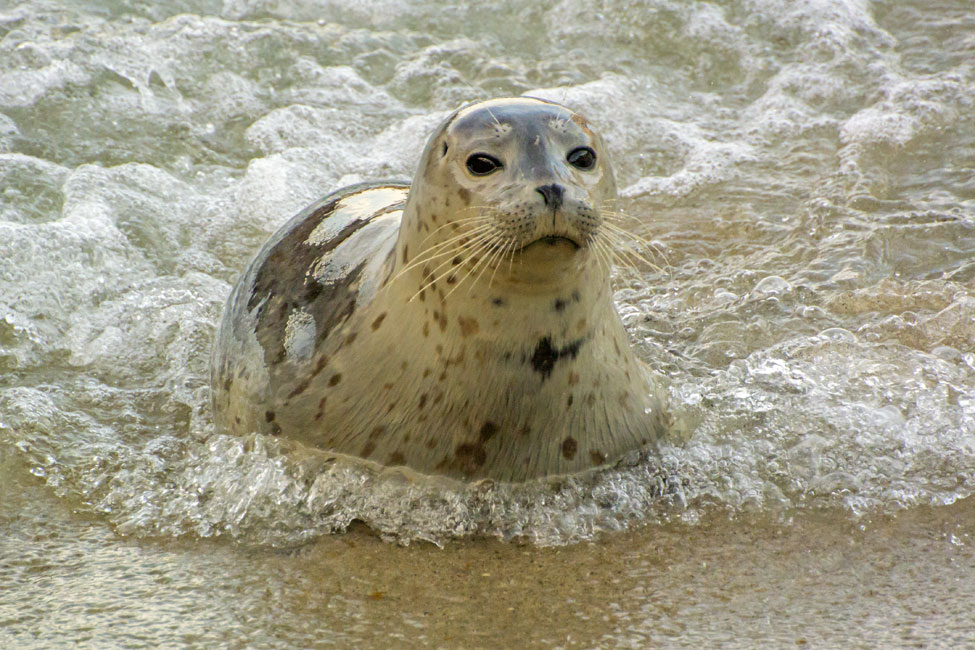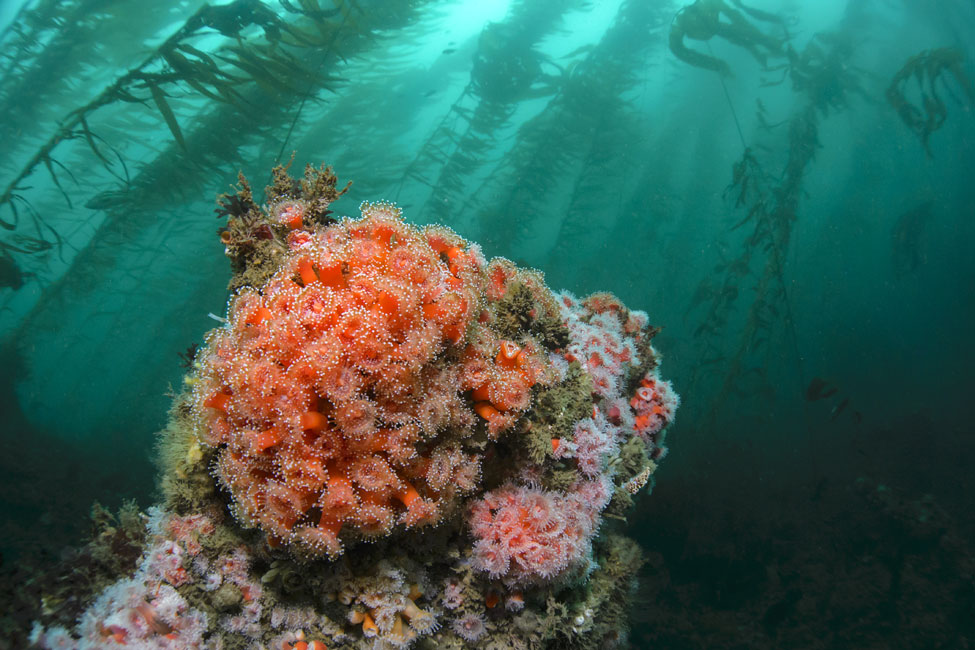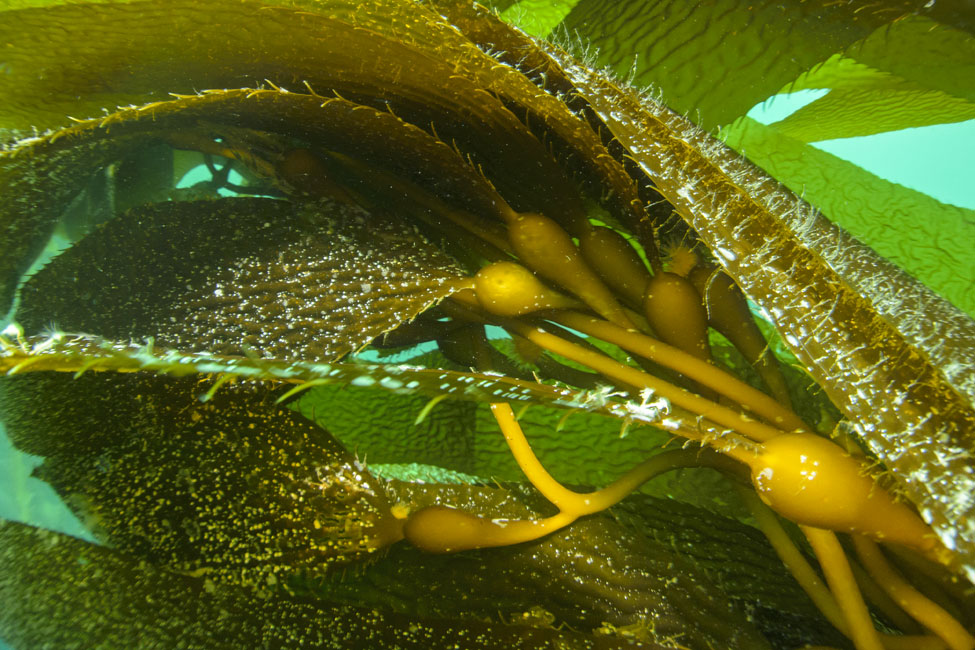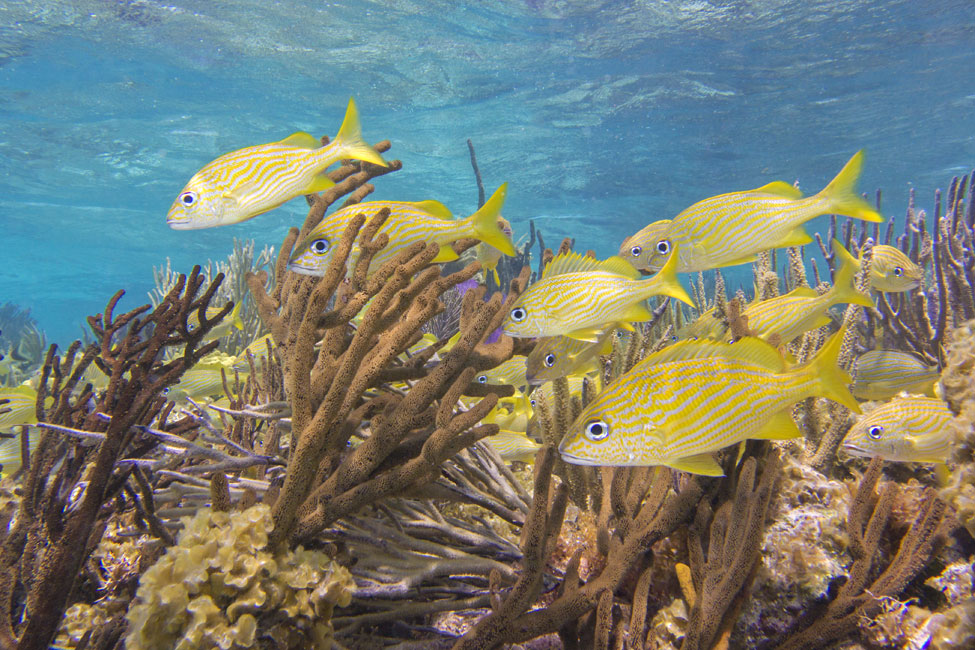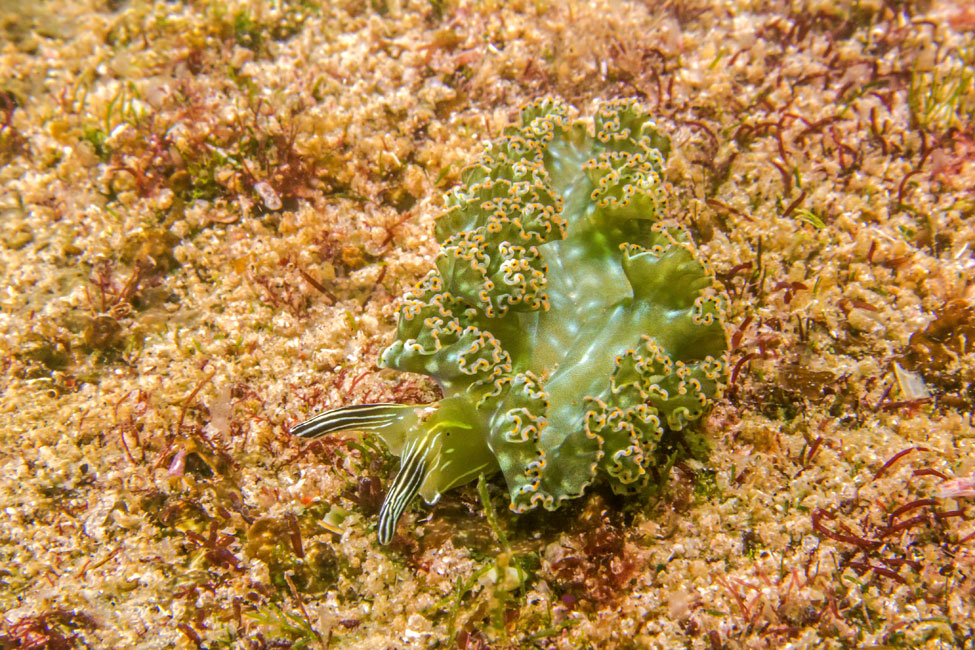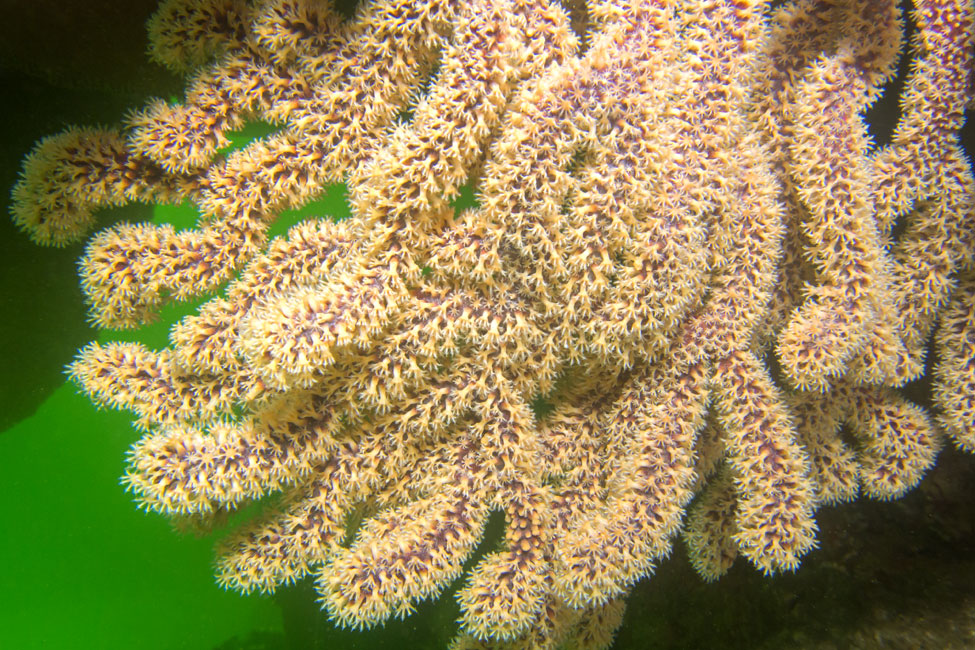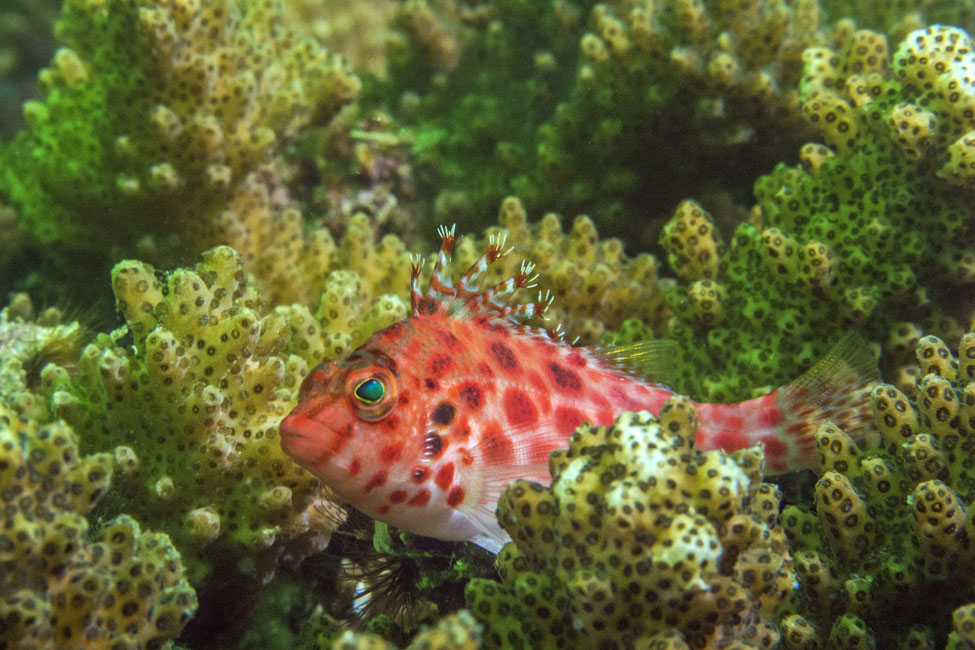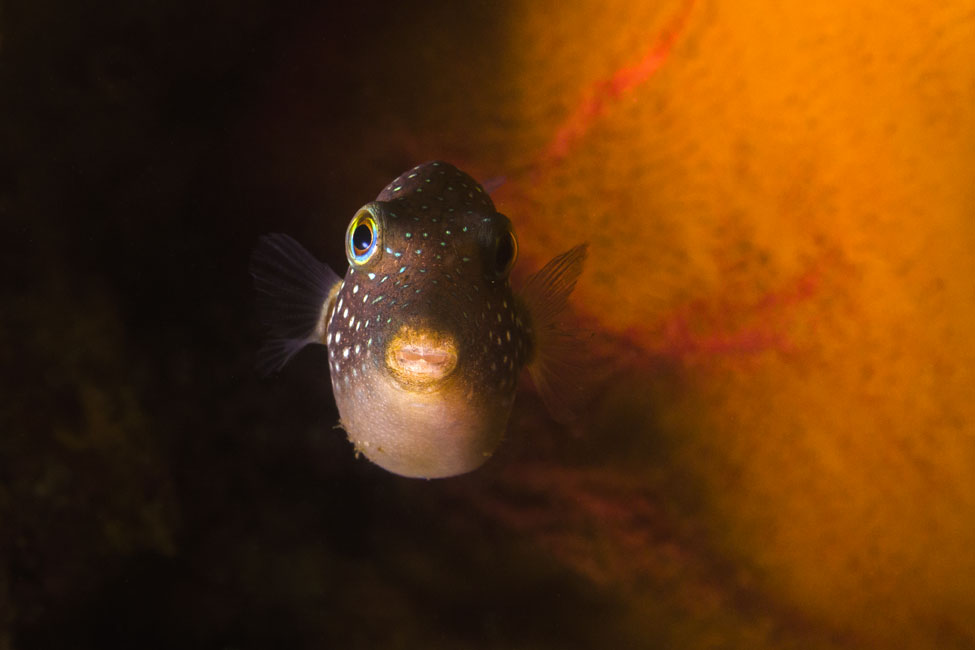Octavio Aburto: Transitions
Twenty years ago Octavio Aburto was studying oceanography at the Autonomous University of Baja California Sur when the university received a donation of a Nikonos V and a video camera with an underwater housing. Octavio was the first to say he could use the equipment to document marine life—despite the fact that he had no underwater photography experience. "But I was young and very passionate about doing things," he says, "and I wasn't going to pass up the opportunity to use these tools to do this research."
Today, after earning a degree in marine biology from Baja California Sur and a PhD from the Scripps Institution of Oceanography, he is even more passionate about the preservation of the underwater environment, and his images serve to increase awareness of how marine species and plant life interact with and depend upon each other for survival.
To take the photographs that record his research and document his observations, Octavio relies on Nikon D-SLRs, including the D7000, D700 and D4, but the photos you see here were taken with a Nikon 1 J3 in a Nikon 1 WP-N2 waterproof housing. When Nikon asked him to test out the camera, the timing was perfect for dives near his home in California and travels to Mexico and the Caribbean. He found he could get some very satisfying images as he explored to the housing's maximum depth of 130 feet, and he appreciated the ability to easily add on to the camera's capabilities by often attaching underwater strobes to the housing and a wide-lens adapter to the camera. In a few instances he also used two video lights to provide constant illumination. Out of the water, the Nikon 1 J3 continued to prove its versatility when he put his AF-S VR Zoom-NIKKOR 70-300mm f/4.5-5.6G IF-ED on the camera using an FT-1 Mount Adapter.
Octavio is currently a researcher and investigator for the Center for Marine Biodiversity and Conservation at Scripps, and he is also associated with the International League of Conservation Photographers. "We are doing a lot of projects because of the recognition of the importance of the ocean and its role in the overall environmental situation," he says.
A particular concern is overfishing. "When I was growing up, everyone in Mexico was hearing that there was an unlimited amount of fish, and there always would be. But now we realize that is not the case. The majority of fisheries are targeting the spawning areas where many fish congregate to reproduce. We call these events fish spawning aggregations, and they occur in well-known places at certain times of the year. The events are very predictable; you can go and put a net down and catch tons of fish."
Octavio says that most people are unaware of the consequences of fishing this way and do not realize how they will be affected if species of fish do not exist in the same numbers and no longer play their part in the life of the ocean. "Sometimes we don't see what's happening around us," he says, "but through photography, we can show the importance of protecting this life."
He wants his photographs to increase awareness of the problems, to create moments of discussion and to be part of the effort to start changing the way the issues of nature are communicated. "I think we are in a generational transition about how nature photography should be used," he says. "In the past, the beauty of nature was the major point of the images, but I think right now the most important thing is the content of the stories these pictures tell. Calling attention to the positive steps being taken is important, but so is increasing awareness and understanding of the crucial interdependency of all creatures." He feels that how soon and how effectively we act to preserve that interdependency will have an effect on how our future plays out.

